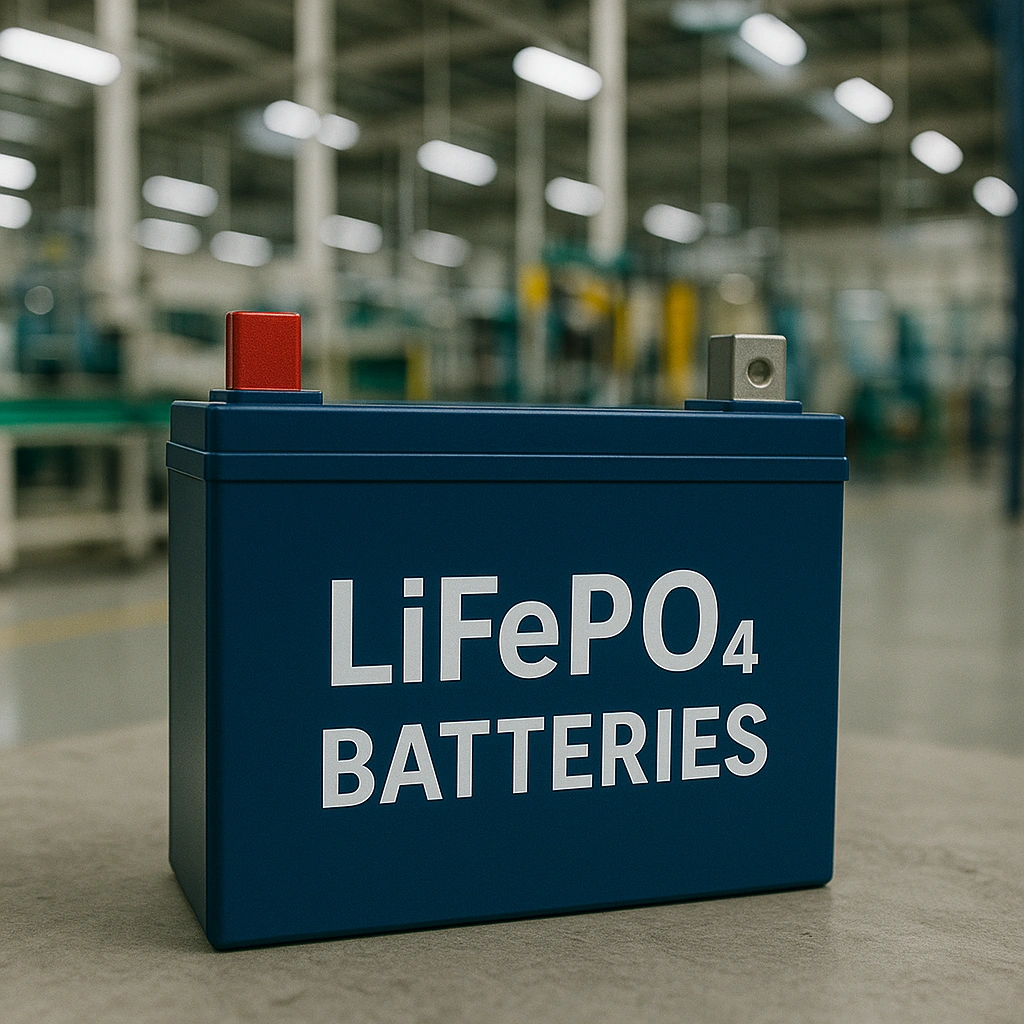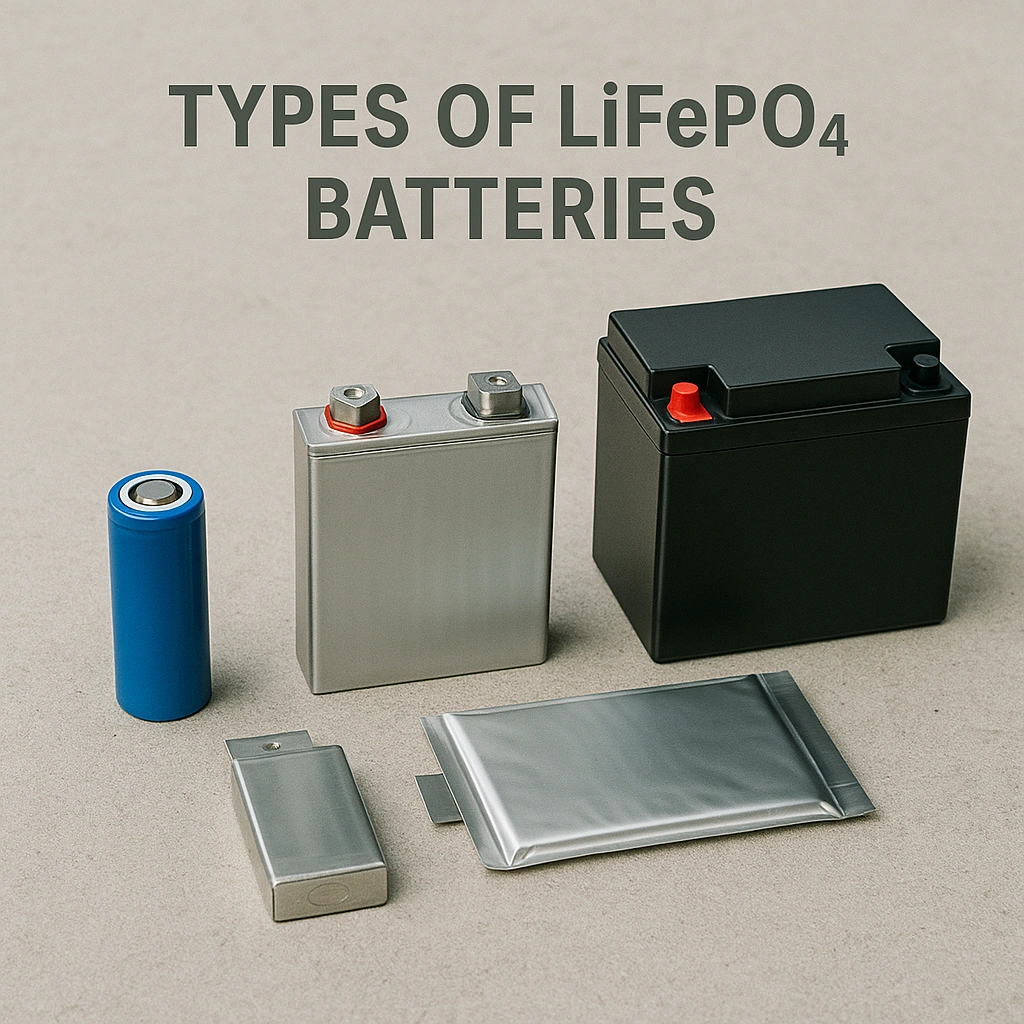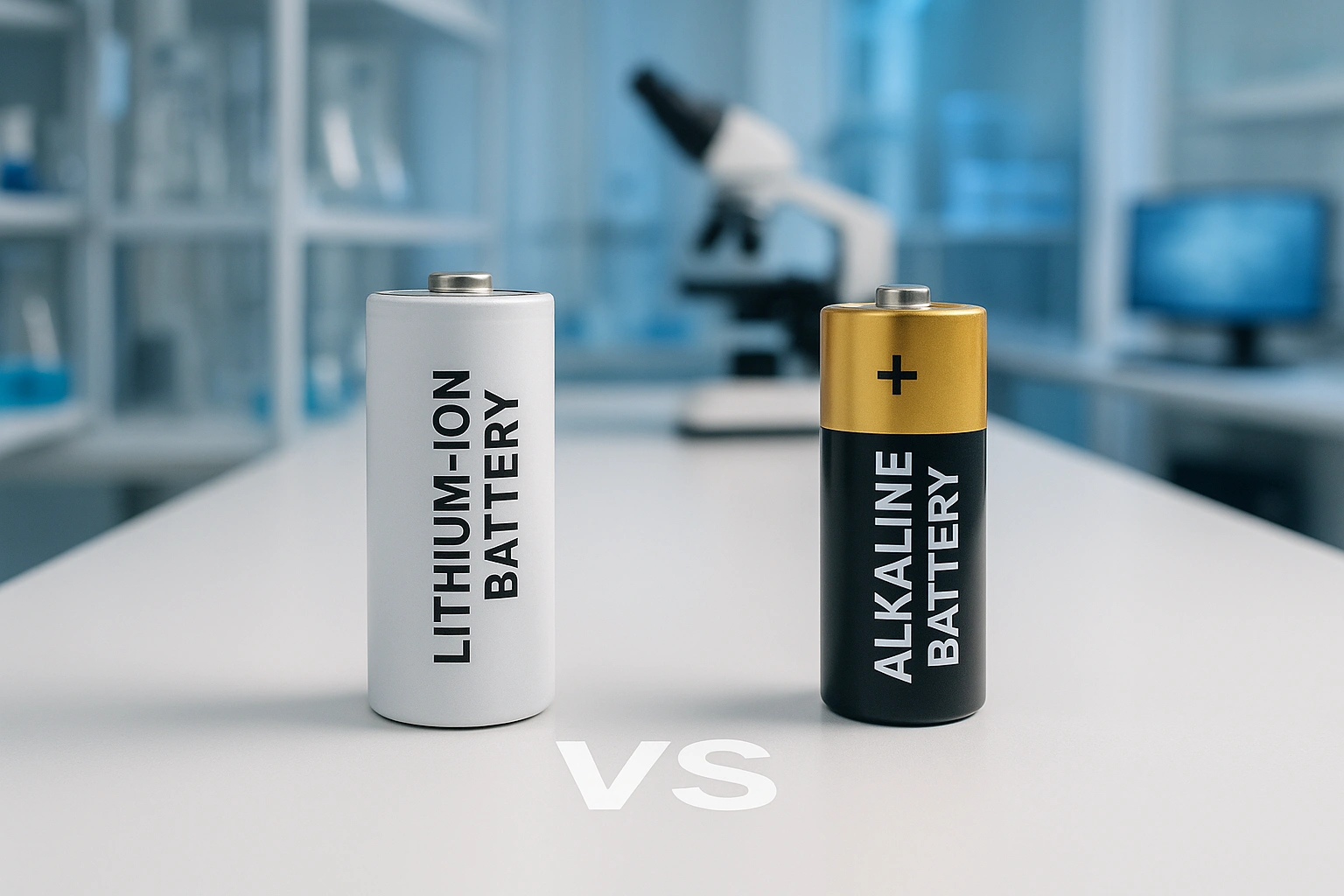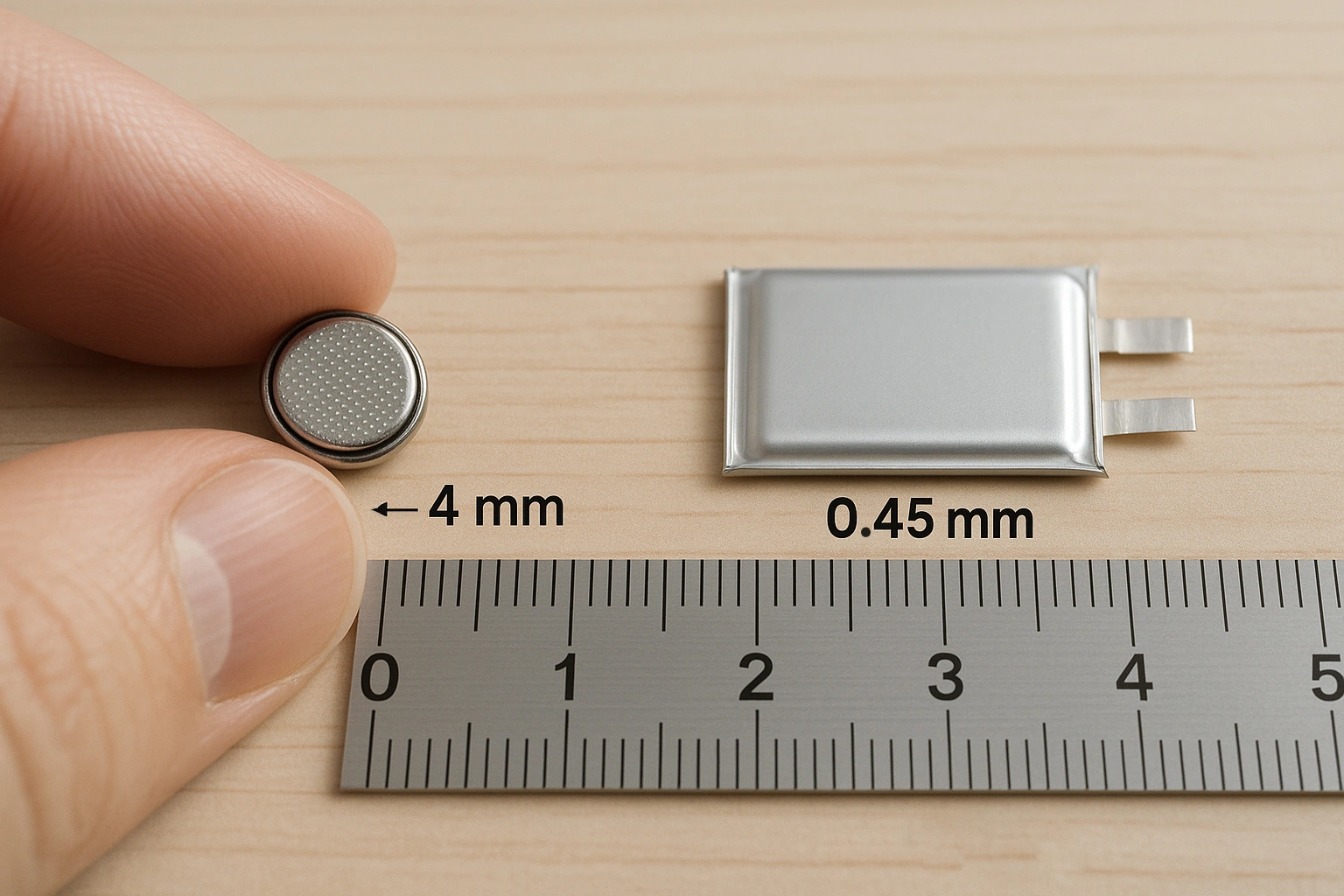Are Lithium Iron Phosphate (LiFePO₄) Batteries Safe?
Intro: Why Battery Safety Starts with Chemistry
As lithium batteries become increasingly common in home energy storage, electric vehicles, and portable devices, safety is one of the most critical considerations. Lithium iron phosphate (LiFePO₄) batteries are often praised for their thermal and chemical stability, but how safe are they really? This article breaks down the safety profile of LiFePO₄ batteries, their applications, risks, and how they compare with other lithium chemistries.
What Are Lithium Iron Phosphate (LiFePO₄) Batteries?
LiFePO₄ batteries are a subtype of lithium-ion batteries that use lithium iron phosphate as the cathode material. Compared to NMC (Nickel Manganese Cobalt) or LCO (Lithium Cobalt Oxide), they offer:
-
Lower energy density
-
Superior thermal stability
-
Long cycle life
-
Strong resistance to thermal runaway
LiFePO₄ is one of the safest lithium battery chemistries currently in commercial use.
What Are the Common Shapes of LiFePO₄ Batteries?
LiFePO₄ batteries are available in several formats:
-
Cylindrical cells (e.g., 18650, 26650, 32700)
-
Prismatic cells (commonly used in energy storage systems)
-
Pouch cells (less common but used in EV modules)
-
Battery packs (assembled into 12V, 24V, 48V systems or custom configurations)
These formats allow integration into a variety of applications, from off-grid solar to RVs and industrial tools.
What Are LiFePO₄ Batteries Commonly Used For?
Due to their stability and long service life, LiFePO₄ batteries are ideal for:
-
Home energy storage systems (ESS)
-
E-bikes
-
Recreational vehicles (RVs) and marine power
-
Industrial backup systems and telecom equipment
-
Solar-powered streetlights and off-grid power
-
UPS and portable power stations
Their ability to withstand deep discharges and maintain long cycle life (3000–6000+ cycles) makes them especially suitable for daily-use applications.
How Do Lithium Iron Phosphate Batteries Work?
LiFePO₄ batteries operate like all lithium-ion cells, with lithium ions moving between the anode and cathode during charge and discharge cycles. Key components:
-
Cathode: Lithium Iron Phosphate (LiFePO₄)
-
Anode: Graphite
-
Electrolyte: Lithium salt in organic solvent
-
Separator and casing
Their strong phosphate-oxygen bond improves thermal and chemical stability, reducing the chance of combustion or thermal runaway under abuse.
What Are the Risks of LiFePO₄ Batteries?
While LiFePO₄ batteries are among the safest available, risks still exist:
-
Short-circuiting or internal damage from poor manufacturing or impact
-
Improper charging or overvoltage, especially without a BMS
-
Physical swelling or gas formation in rare cases of electrolyte degradation
However, compared to NMC or LCO cells, the risk of fire or explosion is significantly lower.
Is LiFePO₄ Safer Than Other Lithium-ion Chemistries?
Yes. LiFePO₄ is widely regarded as the safest lithium-ion battery chemistry:
| Feature | NMC / LCO Batteries | LiFePO₄ Batteries |
|---|---|---|
| Energy Density | Higher | Moderate |
| Thermal Stability | Moderate | Excellent |
| Fire Risk Under Abuse | Higher | Very Low |
| Recommended for Indoor Use | Cautious | Preferred |
This is why LiFePO₄ is increasingly adopted in residential solar, RVs, and public safety applications.
Are LiFePO₄ Batteries Better Than NMC Batteries?
In terms of safety and longevity, yes:
| Comparison Point | LiFePO₄ | NMC |
|---|---|---|
| Safety | Excellent | Moderate to high risk |
| Cycle Life | 3000–6000+ | 1000–2000 |
| Energy Density | Moderate | Higher |
| Cost | Lower (per cycle) | Higher |
| Thermal Runaway Risk | Very low | Present under abuse |
For stationary energy storage and light mobility, LiFePO₄ is often the preferred option.
Are LiFePO₄ Batteries Safe Indoors?
Yes. LiFePO₄ batteries are safe for indoor installations, especially when:
-
Used with a certified Battery Management System (BMS)
-
Installed in ventilated or fire-resistant enclosures
-
Not exposed to extreme temperatures or physical abuse
Most home ESS systems today favor LiFePO₄ due to their low risk of fire and zero gas emission.
Have LiFePO₄ Batteries Ever Caught Fire?
While extremely rare, there have been isolated reports of LiFePO₄ battery fires—usually caused by:
-
Manufacturing defects
-
Improper system integration
-
Severe overcharging without BMS
-
External puncture or thermal damage
In properly engineered systems, these risks are nearly negligible compared to other chemistries.
Conclusion: LiFePO₄ Batteries Are Among the Safest Lithium Options
Thanks to their superior thermal stability, long cycle life, and reliable performance, LiFePO₄ batteries have become a go-to choice for safe energy storage. Whether used indoors, in vehicles, or in off-grid systems, they offer peace of mind without compromising on performance.
Always choose LiFePO₄ batteries from trusted manufacturers and ensure correct BMS and system design to maximize safety.





